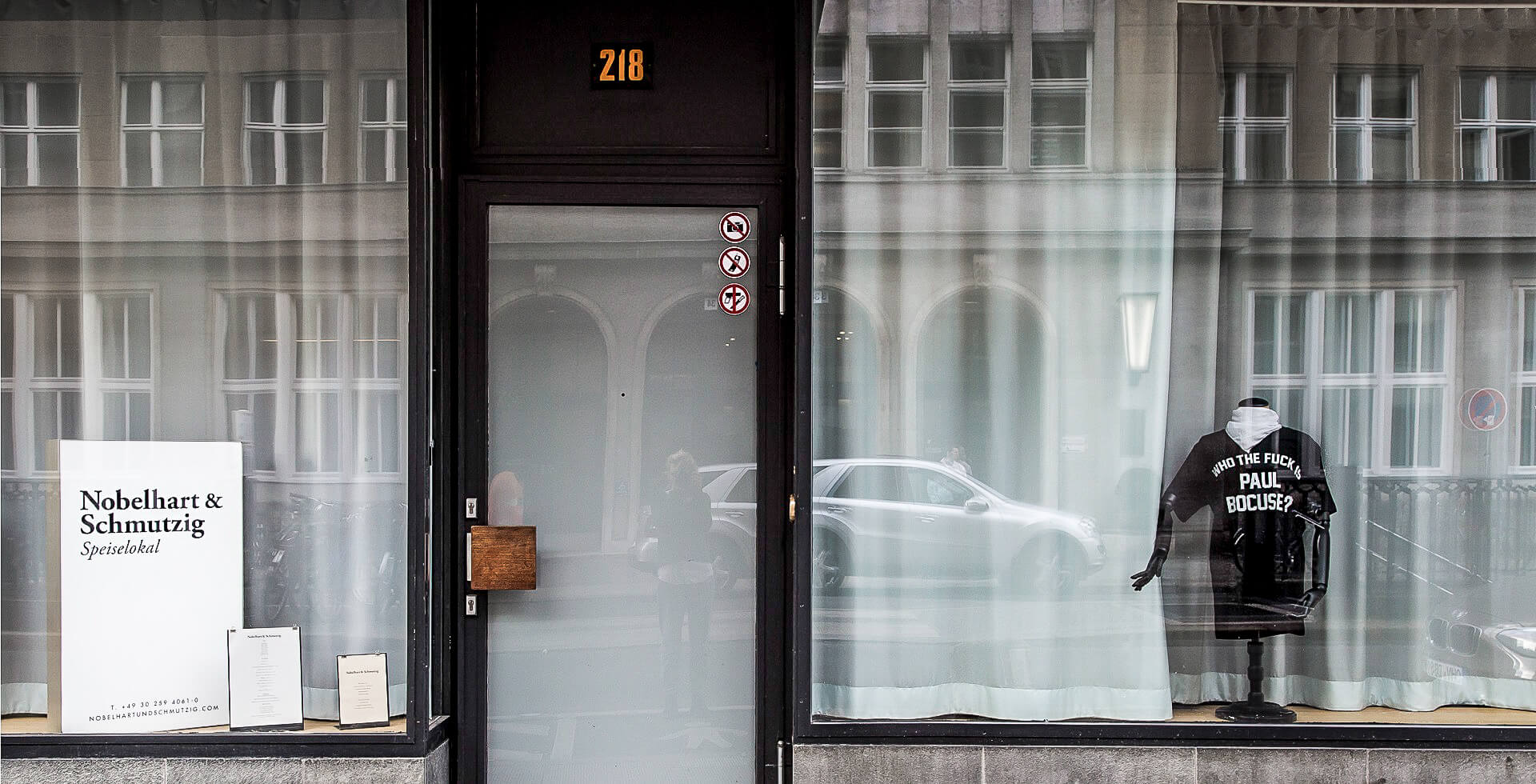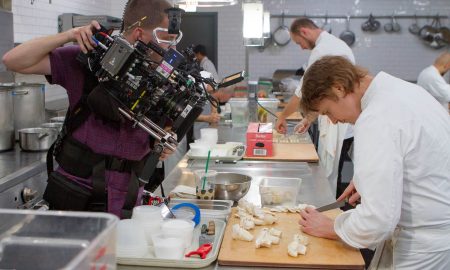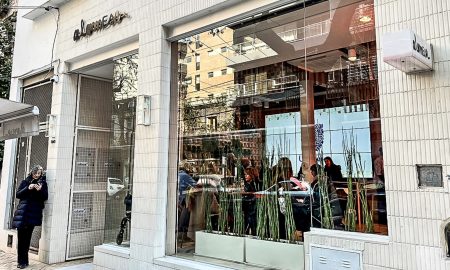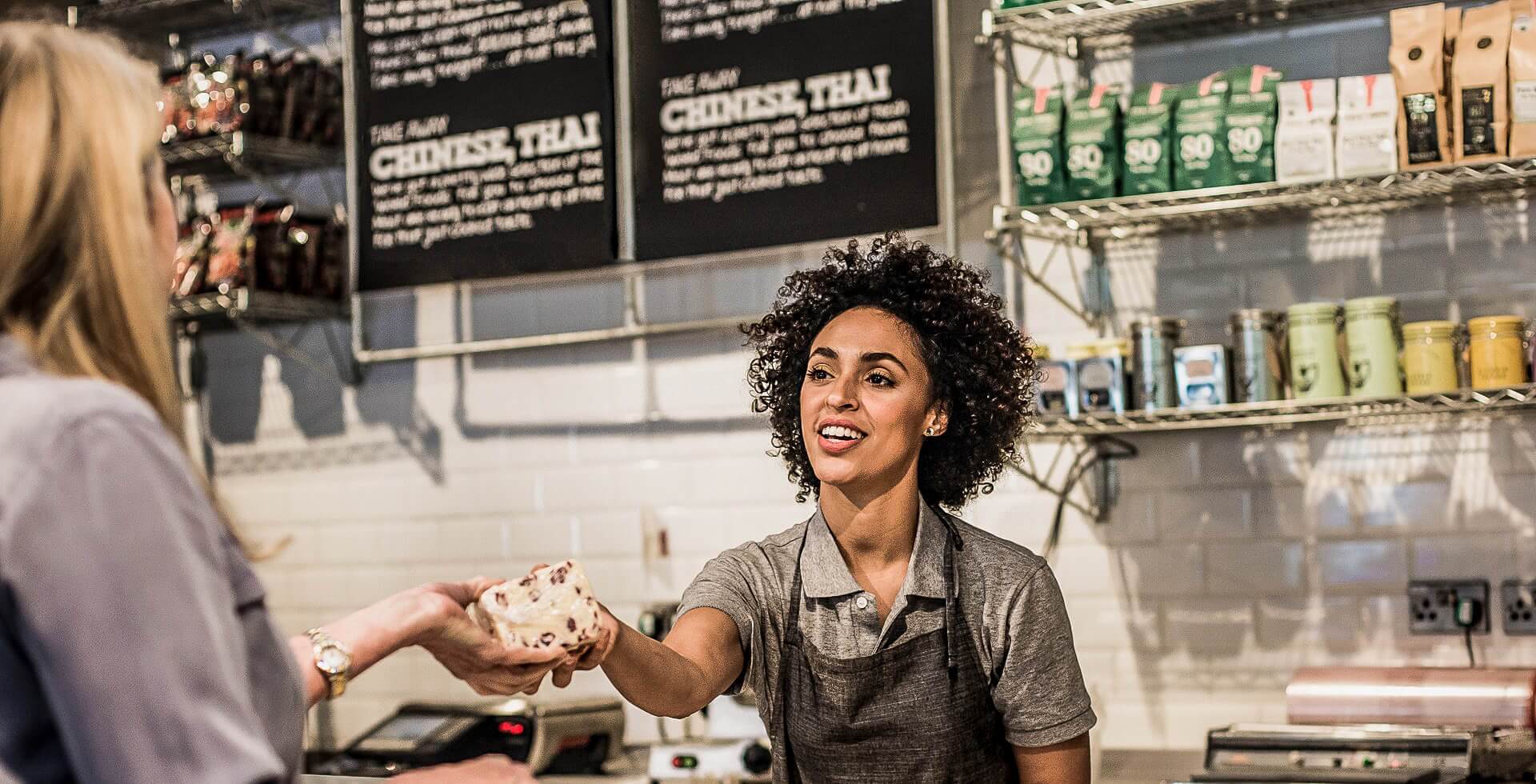Ingo Hettig reaches first for his smartphone – and only afterwards for the fork. He does so both as a matter of principle as well as to meet the expectation of the starred restaurant where he is currently seated. From chefs and service managers to young sommeliers, everyone knows: There’s a food influencer sitting at the table who has more than 80,000 followers on Instagram alone. What he captures in countless photos and videos is seen by just about every international foodie who has anything to say in the world of high-end gastronomy – not to mention people who might become future guests thanks to influencers like him.
Ingo Hettig and his cell phone make a powerful pair, one that many restaurants welcome with open arms – and happily pay for. After all, visibility is the be-all and end-all for success in the age of social media. Right?
Sieh dir diesen Beitrag auf Instagram an
The short answer? Yes. The whole answer? Well…yes. After all, some restaurants do prohibit photographs and videos – and some of them are extremely successful. They are sometimes so hyped that food influencers like Ingo Hettig also want to eat there. And they have to. Because as a star eater of the world, it’s simply a must to have been there. But why are Michelin-starred restaurants opting for a ban on photography? How do they actually follow through with them? And how do food influencers deal with this?
Brutally local – and analog
“It was clear to us right from the start: no photos, no videos,” says Billy Wagner. His Berlin restaurant Nobelhart & Schmutzig opened in 2015 and is now one of the most successful restaurants in Germany. Wagner describes his business as the “most political restaurant” in the country. “Brutally local” is the motto that has been used in recent years to demonstrate that great cuisine can indeed be sustainable – as well as do without the customary luxury products such as foie gras, lobster or caviar. This has recently made Nobelhart & Schmutzig the best-rated restaurant in Germany: A Michelin star, a green star and number 17 in the prestigious World’s 50 Best Restaurants ranking are just some of the accolades that put them on the map for international foodies. So why the ban on photography and video?
Sieh dir diesen Beitrag auf Instagram an
Billy Wagner mentions two reasons. “On the one hand, I was interested in analog focus, which, after all, is what a restaurant visit is really all about. To smell, taste, feel, see. More than ever, we all recognize how much smartphones, which are constantly glued to us, are influencing every aspect of our lives. Of course, this is also part of modern life and makes many things easier, I am well aware of that. But that’s exactly why you need times when you consciously put it to the side.”
Wagner mentions privacy as a second reason. “I also wanted guests to feel completely free here, even from surveillance. Not everyone wants to appear in the photo or video of the person dining next to them, who they have never seen before. I also don’t want to be on 50 photos a day, which are then posted somewhere.” But what if guests do pull out their phones?
Can you put that away please?
Wagner has nothing against the cell phone itself. “After all, we don’t confiscate guests’ phones when they enter the restaurant,” he explains. “And if someone wants to show something on their phone to the person they’re talking to, then they can do so. In the same way, I don’t mind if someone takes a quick picture of the bottle of wine they like so they can remember it, or the record that’s playing because they like the music. In other words, when absolutely necessary. But actually we are in a place where people come together to talk to each other, to eat and drink well. And a cell phone simply gets in the way. That’s why we make people aware of our policy at every opportunity in advance: on the homepage, on the reservation confirmation, upon entry, on the menu.”
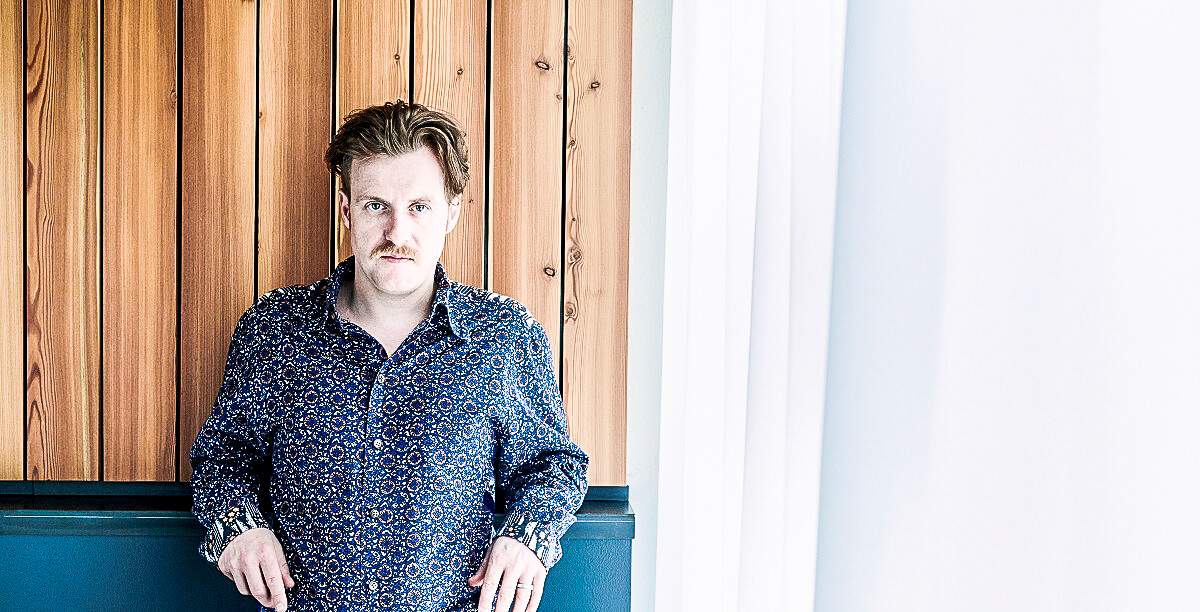
Image: Nobelhart & Schmutzig
Since Wagner’s role as host is not that of a watchdog, guests still take photos of dishes or the restaurant interior from time to time, despite everything. “If I notice this, I write to the guests and ask them to delete the photos from their channel. That usually does the trick. You can also report photos to Google, which are then usually removed.”
Billy Wagner’s Nobelhart & Schmutzig, however, is not the only restaurant that wants to keep smartphones and snapshots of food to a minimum. However, the reasons for photo and video bans do vary in different restaurants.
Photo bans because of old ceramics
“There are reasons I understand well, others less so,” says Anders Husa. The Copenhagen-based food blogger, together with his wife Kaitlin Orr, is one of the most successful in his field. When you include all their channels, the two “Taste Hunters” for the World’s 50 Best list have over half a million followers – making them the most influential food influencers in Scandinavia. Husa explains: “The Punk Royale in Stockholm, for example, confiscates the guests’ cell phones at the entrance and locks them in a box. That’s because the food there is staged as a big show and the service wants to feel as free as possible, without cell phone cameras constantly pointed in their direction,” explains Husa.
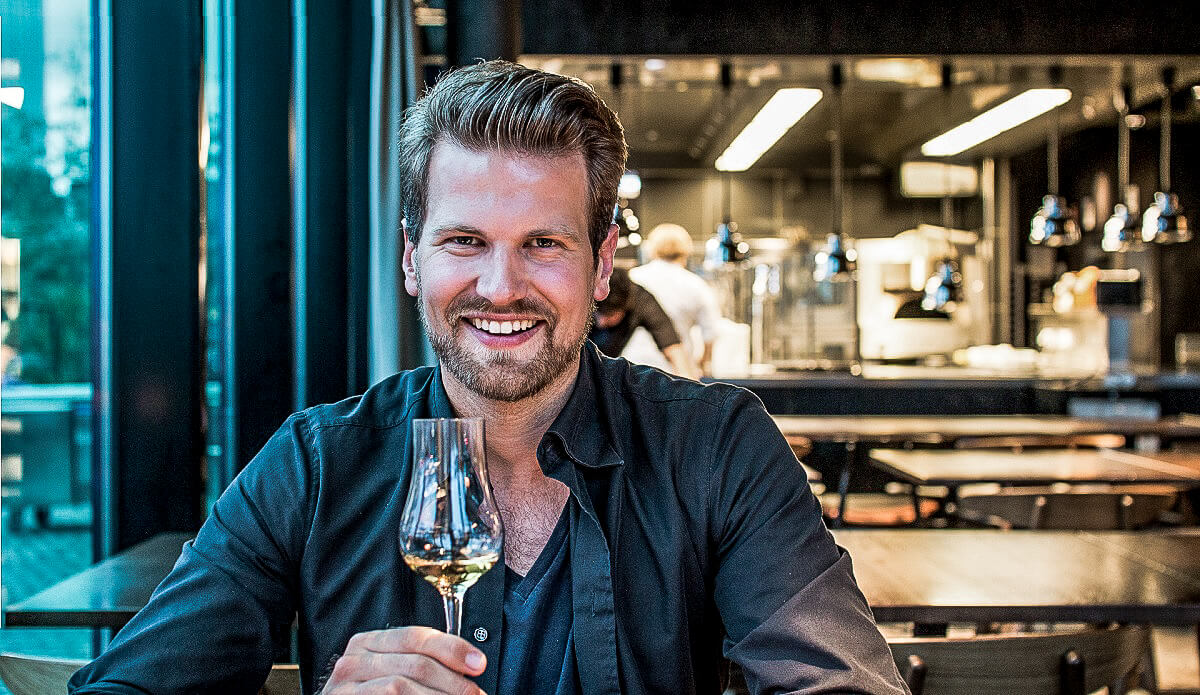
Image: Arnold Lan
What he doesn’t understand very well is the ban on photography in the legendary three-star restaurant Ryugin in Tokyo. “The ban is because they are worried that the heavy photo cameras will fall on the valuable, old ceramic tableware, they did allow phone photos, however” says Husa, who can’t help smiling. “At Nobelhart & Schmutzig, it’s a lot more understandable because Billy Wagner is concerned with an interpersonal aspect and that’s clearly communicated.”
And yet Husa makes no secret of the fact that he’s not particularly fond of the ban on photography in top gastronomy. “From a marketing perspective, it’s not particularly smart to do that,” he says. “Social media is actually free advertising for restaurants. It’s one of the most efficient ways to get new guests and communicate its concept, food and atmosphere to the outside world.”
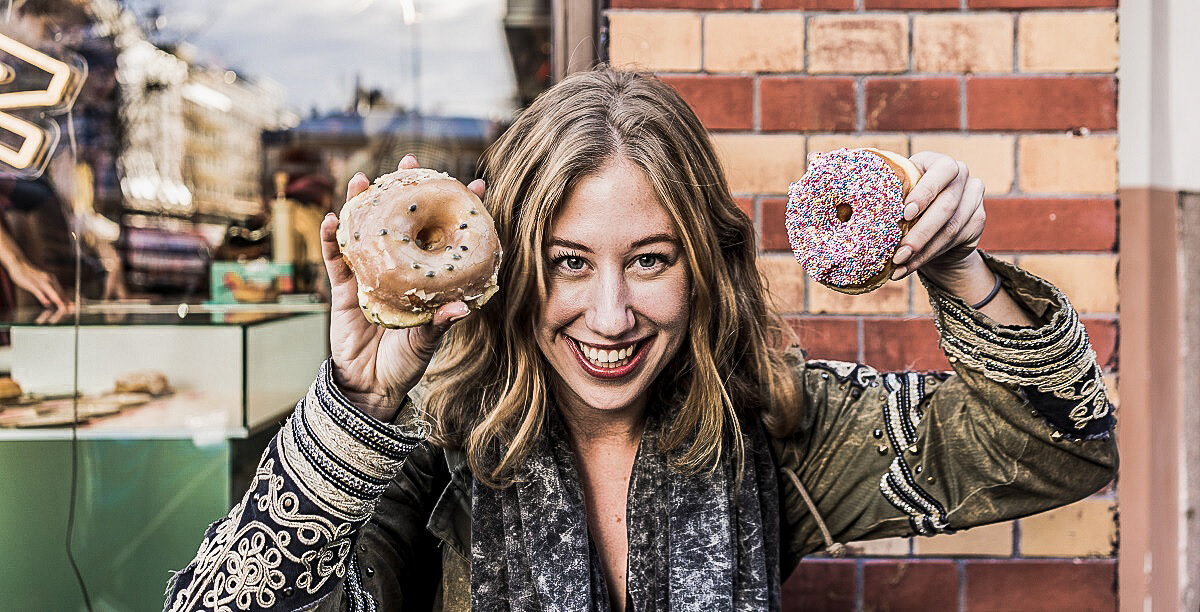
Image: andershusa.com
It’s always possible from the outside
Ingo Hettig sees things differently. “I think a ban on cell phones or photos can make sense as a marketing tool,” he says. “Of course, this only works if the majority of the other restaurants allow photos and videos, otherwise the unique selling point will be lost. But especially with concepts like Nobelhart & Schmutzig, which stands firmly for an analog restaurant experience, it’s a perfectly coherent and credible positioning.”
Hettig went to Billy Wagner’s restaurant for the first time in June 2022. “For me, it was the most relaxed meal since I joined Instagram in 2016,” he says. “That’s because for the first time I didn’t have to take any pictures and make any videos, and also because there was no expectation that I would create a lot of content at that point. In fact, the opposite was true! I got fully involved with the food, and more so than ever. I really enjoyed it because it was something different.”
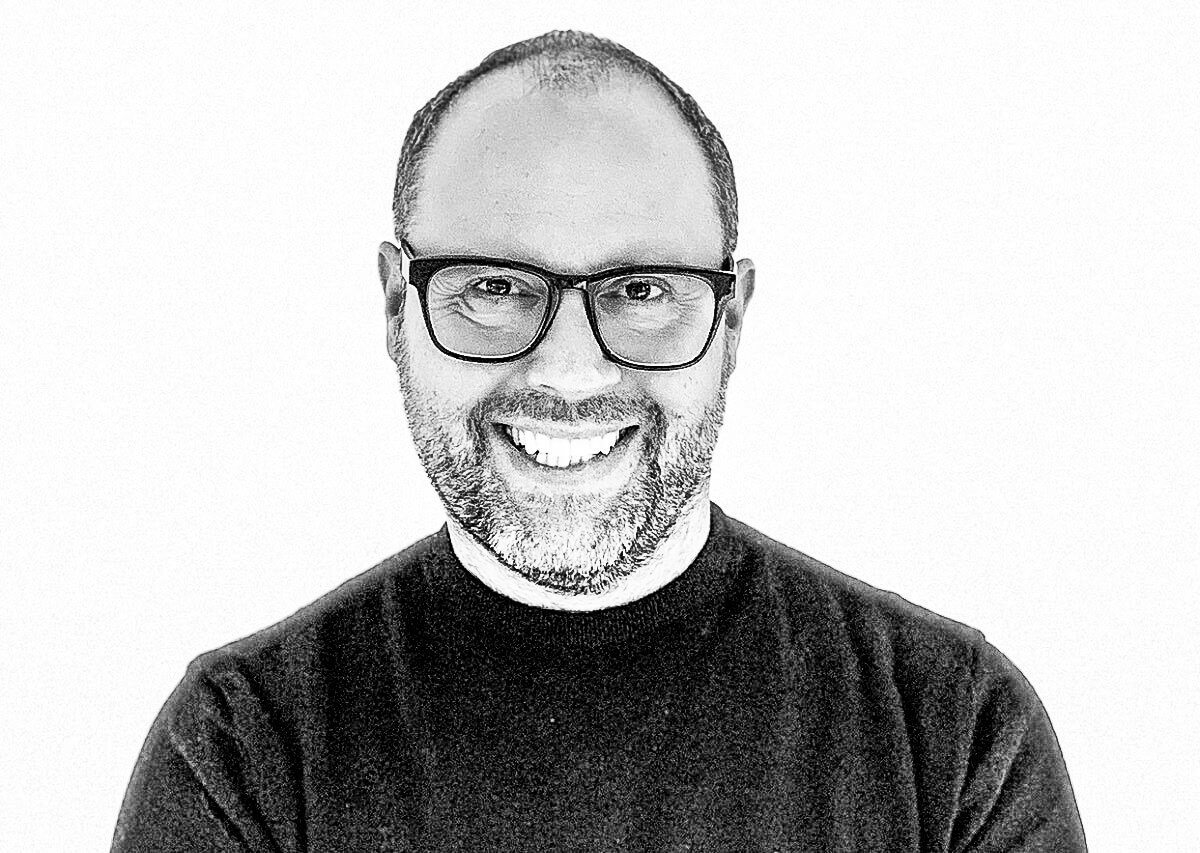
Image: Ingo Hettig
Anders Husa and Ingo Hettig show that the ban on photography in restaurants is interpreted and understand differently, even among food influencers. In any case, they can certainly be coherent and comprehensible, as Billy Wagner has proven at Nobelhart & Schmutzig. Others, such as Ryugin in Tokyo, seem almost absurd – and no longer keeping with the times. It seems that this is a fairly fragile game of strength: If the ban on photography makes absolutely no sense, influencers will prefer to go somewhere else. However, if it makes sense, influencers will still come. After all, you can still always take a photo of the restaurant from the outside.


